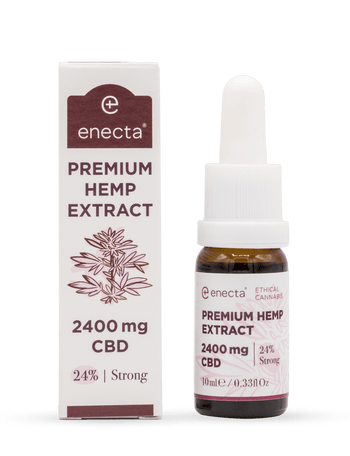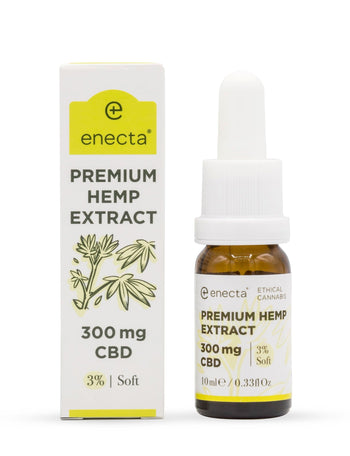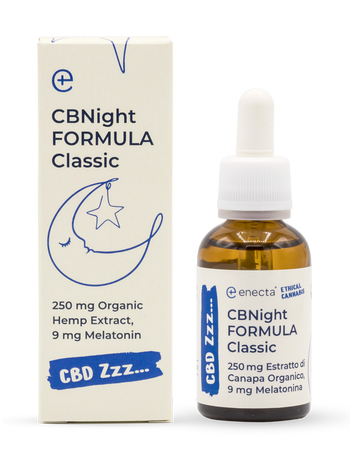Nobody seems to be able to agree on the botany of Cannabis, not even the botanists! Is hemp a different species to marijuana? How can we tell the difference? Let’s look into botany, the development of plant classification in general, and Cannabis in particular.
What’s with all those scientific double-barreled plant names anyway? Just get a plant person in a corner, and they start spouting Latin like there’s no tomorrow. Wouldn’t common names do just as well? The problem with common names is that they’re – well – unscientific, and this can lead to confusion. Take the name “daisy”. It can refer to literally hundreds of different plants that differ vastly in their appearance. So we may spend hours arguing that daisies are this color or that color, and we’d both be right because we are talking about completely different plants!
Hundreds of years ago, scientists would write incredibly long descriptions of plants in Latin to distinguish one from another, but then a Swedish botanist known as Linnaeus decided that it was all too complicated, and two names, a broad genus name and a more exact species name should be enough for anybody.
Plants defined by phenotype
I can hear you saying, “Ooh! She’s spouting heavy terminology already!”, but a phenotype is really just the appearance of a plant. Plants are classified according to their flower structure, and to a lesser extent, other characteristics, such as leaf structure. The word “phenotype” basically means “appearance”. Since this is determined by genetics, it’s a relatively accurate way to classify plants, but it’s still not perfect.
Cannabis species are an excellent example of the shortcomings of botany as an exact science. According to the literature, there are just three species within the genus Cannabis: indica, sativa and the rare ruderalis. But what confusion that has brought about! Both marijuana and hemp, for example, are Cannabis plants, but one makes stoners happy, while the other does not, but nevertheless has many industrial and medicinal uses.
Are they different species? No, they are not. The can be either Cannabis indica or Cannabis sativa, or even more confusingly, a mixture of both, since Cannabis is cross-fertile across species. Can you tell just by looking? Sorry! You can’t! So phenotype may not be the best way to classify these plants, but for now, it’s all we’ve got, at least botanically speaking!
Variety names
Because there are many groups of plants that share a common genus and species name while looking completely different or having other distinctive characteristics that set them apart, horticulturists have added a third name to the confection: the cultivar name. And because this renders the second, or species name of a plant rather superfluous, many people will omit it altogether when referring to a plant.
Cultivar names, to the relief of those allergic to Latin, are usually in English, and refer to the unique characteristics the plant exhibits, honor the breeder, or are simply dreamed up. There are literally hundreds of Cannabis cultivars, with more appearing on the scene every year, so unfortunately, this seemingly simple solution doesn’t give you any idea of what you really want to know about the plant, namely, its cannabinoid content. Of course, if it has a name like “Auto Assassin”, you can be pretty sure it will have enough THC to lay you flat on your back, but not all cultivar names are this descriptive.
Classification by chemotype and/or genotype
The new move in botany is to look at the chemistry and genetics of plants in order to determine whether they really should belong to the same genus and species. This would be helpful in distinguishing between marijuana and industrial hemp, but to the best of my knowledge, this has not been attempted in the botanical nomenclature context.
Chemotyping is certainly used when inspectors check to ensure that farmers really are growing an innocent hemp crop rather than a field of marijuana, but apart from the broad, often interchangeable classifications “marijuana” and “hemp” there isn’t much to go on.
Theoretically, genetics should solve it all. After all, genetic composition determines the characteristics of all living organisms. There’s just one problem: Cannabis is extremely genetically variable. I’m not sure if any research has been done on the genes influencing cannabinoid expression, or even if those genes have been identified yet, but it’s likely to be a complex business, and may involve a number of gene combinations simultaneously.
As for the theory that the two commonest species of Cannabis, sativa and indica have different cannabinoid profiles, even that is under debate. For now, all we have is a nominal classification that is based on chemotype, with low THC cultivars falling into the “hemp” classification, while high THC varieties fall into the “marijuana” classification.
Confused?
Join the club! Even the experts can’t seem to agree on the ways to distinguish marijuana from hemp through the two-name Linnaean botanical system. The only way to tell the difference would be through liquid chromatography mass spectrometry. Has anyone got a tool that does that in their pocket? Cool! Now we can know for sure!
By the way, the name Cannabis sativa L is often used to distinguish hemp, but all the L means is that it’s been tested using liquid chromatography mass spectrometry, and just because a plant is low in THC doesn’t necessarily mean it’s high in CBD. For now, lab tests are all we have to go on, and botany isn’t any help at all!
Author: Andrea Durrheim
































